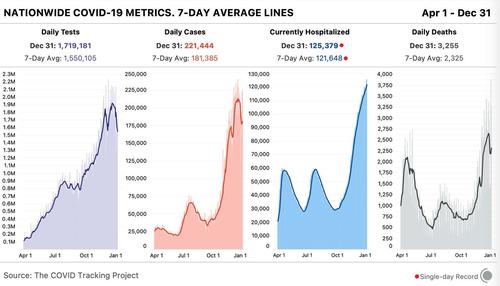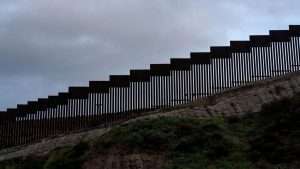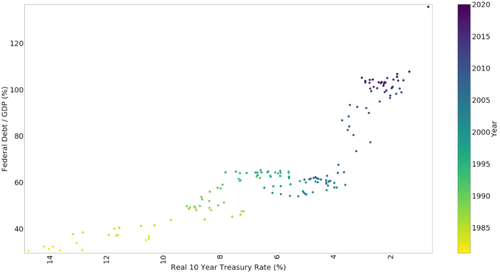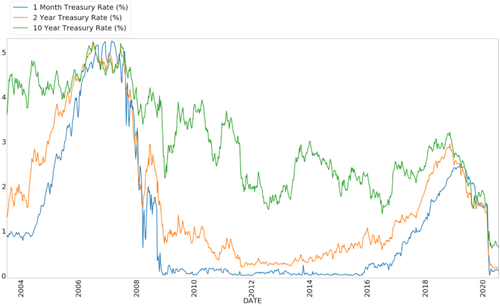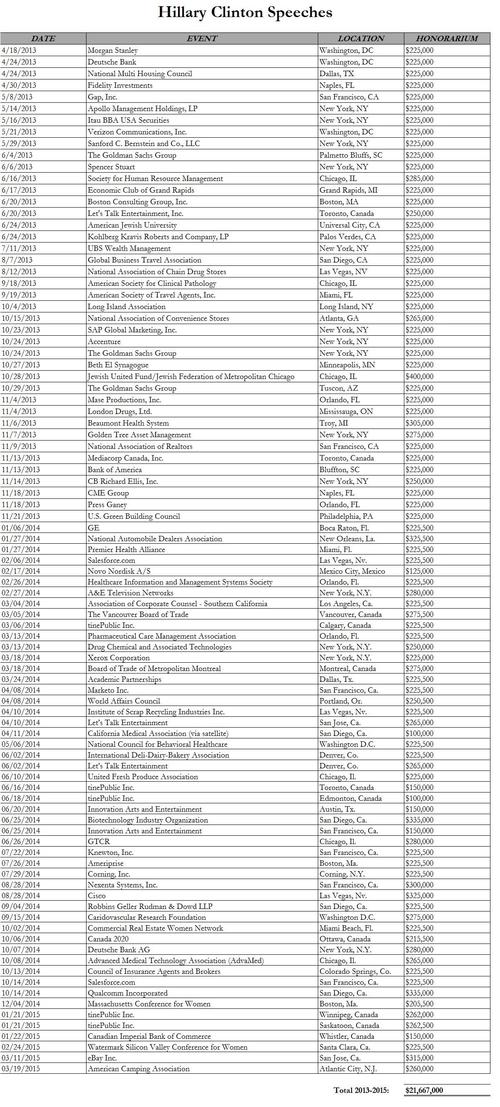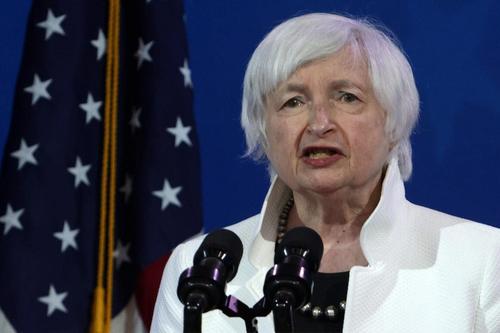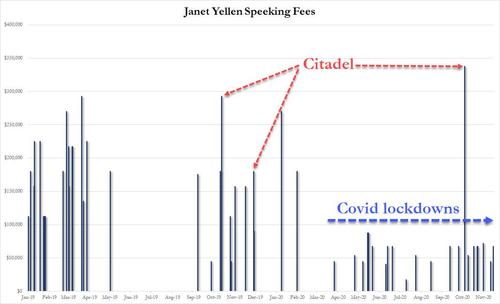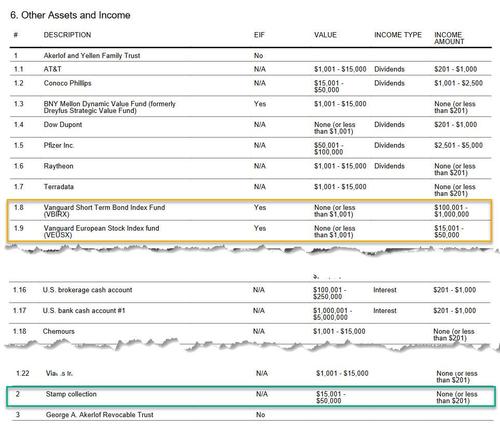On December 31, the Sixth Circuit decided another COVID-19 free exercise case on the appellate shadow docket. The panel (Kethledge, Bush, Nalbandian) answered the question that the Supreme Court skirted in Danville Christian Academy: can the government shut down religious schools while leaving secular businesses open? The panel said no in Monclova Christian Academy v. Toledo-Lucas County Health Department.
The Toledo-Lucas County Health Department in Ohio shut down “every school in the county—public, private, and more to the point here, parochial . . . to slow the spread of COVID-19.” However, the county allowed many secular businesses to remain open, including “gyms, tanning salons, office buildings, and a large casino.” Nine Christian schools challenged the constitutionality of this measure. The District Court found that the policy “was a neutral law of general application, as defined by the Supreme Court’s precedents.” The Sixth Circuit reversed, and granted an injunction pending appeal. This post will be a tad long, as the panel raises a number of important issues that are not fully developed.
As a threshold matter, the panel considered whether the order was “of general application.” The court stated, “A rule of general application, in this sense, is one that restricts religious conduct the same way that ‘analogous non-religious conduct'” is restricted.” Lukumi, 508 U.S. at 546. The reference to “analogous non-religious conduct” from Lukumi does not accurately capture the Court’s framework to determine general applicability.
Let’s consider the structure of Lukumi. Part II.A of the opinion concluded that the Hialeah ordinances targeted the Santeria faith. Based on this finding of targeting, Part II.B concluded that the law was not a “requirement of general applicability.” Part III, which begins on page 546, explains that a “law burdening religious practice that is not neutral or not of general application must undergo the most rigorous of scrutiny.” Next, the court reviewed the ordinances with strict scrutiny. The strict scrutiny analysis in Part III began by discussing narrow tailoring. Here, the Court found that “all four ordinances are overbroad or underinclusive in substantial respects.” Specifically, “[t]he proffered objectives are not pursued with respect to analogous non-religious conduct, and those interests could be achieved by narrower ordinances that burdened religion to a far lesser degree.” (Here is the key language the Sixth Circuit panel cited). Justice Kennedy concluded, “the absence of narrow tailoring suffices to establish the invalidity of the ordinances.”
The Sixth Circuit panel plucked the phrase “analogous non-religious conduct” from the strict scrutiny analysis, and used it to determine whether strict scrutiny was warranted in the first place. The panel put the cart before the horse. The question of narrow tailoring becomes relevant only after the Court determines that the law is not one of general applicability. But the Sixth Circuit used the narrow tailoring analysis to find the law was not one of general applicability. Now Part II-B of Lukumi, which considered whether the ordinances were generally applicable, did consider underinlusivenes and overinclusiveness. Yet, that section lacked the magic words “analogous non-religious conduct.”
In any event, I think this citation was in error, and fails to account for the structure of Lukumi. Like with NFIB v. Sebelius, Supreme Court decisions must be read from top to bottom. It is risky to quote language from later in the opinion to support positions established earlier.
The Sixth Circuit finds further support for its position in Justice Gorsuch’s concurring opinion from Roman Catholic Diocese. The panel explains, “the Free Exercise Clause does not guarantee better treatment for religious actors than for secular ones; instead, the Clause ‘prohibits government officials from treating religious exercises worse than comparable secular activities[.]'” Roman Catholic Diocese of Brooklyn v. Cuomo, 141 S. Ct. 63, 69 (2020) (Gorsuch, J. concurring). Now, Justice Gorsuch cited the same page from Lukumi that the panel cited. Gorsuch’s citation is more defensible, because he collapsed the entire Free Exercise inquiry into a single sentence. He didn’t look to that page of Lukumi to determine whether the law was itself one of general applicability.
I realize I am splitting hairs here. But I jumped when I saw how the panel used the “analogous non-religious conduct” phrase from Lukumi. I’ve read and reread Smith and Lukumi more times than I can count over the past eleventh months. I have desperately tried to find any hints about how the comparator approach fits into the test of general applicability. And I never factored that language into the general applicability framework. I am in the process of revising my Harvard JLPP piece, and I am trying to track down the origins of the “comparator” approach as a way to determine whether a law was generally applicable. I’ve read and re-read Justice Kennedy’s opinion in Lukumi, and it is not there. Indeed, Lukumi declined to “define with precision the standard used to evaluate whether a prohibition is of general application.” As best as I can tell, judges began to intuit this framework in the early days of the COVID litigation. Alas, the Sixth Circuit tried to fit that intuition in language that cannot support it.
So far, I have been critical of the panel. The remainder of the opinion, however, is worthy of praise. It attempts, with admirable clarity, to explain how the comparator approach should be used. Indeed, the panel approaches the issue in much the same way I had been thinking about this question in recent weeks.
First, the panel explains that assessing “[w]hether conduct is analogous (or ‘comparable’) for purposes of this rule does not depend on whether the religious and secular conduct involve similar forms of activity.” I agree, emphatically. So many courts have crudely analogized churches to concerts because people are sitting around and singing in both places. That comparison is inapt. Instead, the courts must compare the risks that houses of worship pose to the risks that other secular businesses pose. You compare the risks from the activities, not the activities themselves.
The Sixth Circuit explains, “comparability is measured against the interests the State offers in support of its restrictions on conduct.” Here, the panel accurately quotes from Lukumi. In that case, the city asserted “two interests: protecting the public health and preventing cruelty to animals.” Justice Kennedy found that Hialeah’s ordinances were “underinclusive” because “they fail to prohibit nonreligious conduct that endangers these interests in a similar or greater degree than Santeria sacrifice does.” The Sixth Circuit panel explains that “comparability depends on whether the secular conduct ‘endangers these interests in a similar or greater degree than’ the religious conduct does.” In the context of the pandemic, courts would ask whether a casino, for example, “endangers” public safety “in a similar or greater degree than” does a church.
Second, the panel cites Roman Catholic Diocese to support its analysis: “In Cuomo, for example, the Court said that activities at ‘acupuncture facilities, camp grounds, garages,’ and retail stores were comparable to ‘attendance at houses of worship’—precisely because that secular conduct presented a ‘more serious health risk’ than the religious conduct did. 141 S. Ct. at 66-67. This citation presents some difficulties. I am generally skeptical of citations that pluck quotes from different paragraphs stretched over two pages. My skepticism was warranted here. This citation include three separate quoted sections. The first two quotations are from the same paragraph. The Court said that there was “disparate treatment” between “essential” businesses like “acupuncture facilities, camp grounds, garages” and “attendance at house of worship.” But that paragraph did not discuss the comparative health risks. At that juncture, the Court had not yet determined whether the law was generally applicable. Indeed, the per curiam opinion, much to my consternation, did not really explain why the law was not generally applicable.
Later in the opinion, the Court found that the rule was not generally applicable. And then the Court begins its strict scrutiny analysis. At that point, the Court included the other quoted language: “more serious health risk.” Here, the Court was considering whether the ordinance was narrowly tailored. The opinion stated, “It is hard to believe that admitting more than 10 people to a 1,000–seat church or 400–seat synagogue would create a more serious health risk than the many other activities that the State allows.”
In short, the Court did not factor in the comparative health risks into the general applicability analysis. The Court considered the comparative health risks as part of the strict scrutiny narrow tailoring analysis. Ultimately, I think the Sixth Circuit was correct to incorporate the comparative health risks analysis. But to remain consistent with Smith and Lukumi, these steps need to be separated.
Third, the panel quotes further from Diocese: “Mitigation of that risk, of course, was the State’s asserted interest in support of its restrictions on attendance at religious services; the State did not extend those restrictions to comparable secular conduct; and thus, the Court held, ‘the challenged restrictions’ were not ‘of ‘general applicability[.]” Diocese at 67 (quoting Lukumi, 508 U.S. at 546). Here, the Supreme Court concluded that the New York orders were not generally applicable. From here on out, the Court reviewed the order with strict scrutiny.
I think the panel made the same mistake in two contexts. It quoted language from the Supreme Court’s strict scrutiny analysis from Lukumi and Diocese in order to determine whether the Toledo law was generally applicable. I hope other judges can take notice of the errors in this opinion. I would much rather clear things up here, then let Justice Kagan tear apart a fragile, majority opinion.
Fourth, the panel found that the Sixth Circuit’s prior decision in Danville Christian Academy, Inc. v. Beshear did not decide “whether an order closing public and parochial schools violates the Clause if it leaves other comparable secular actors less restricted than the closed parochial schools.” And, the Supreme Court punted on this issue based on the timing of Governor Beshear’s order. Therefore, the panel would “consider the broader question presented here.” And what was that question: “whether we may consider only the secular actors (namely, other schools) regulated by the specific provision here in determining whether the plaintiffs’ schools are treated less favorably than comparable secular actors are.”
Fifth, the panel found “no support for that proposition in the relevant Supreme Court caselaw.” The panel continues: “the issue as to neutrality there was whether the City had targeted the plaintiff’s practice of ritual animal sacrifice; but a similarly broad inquiry could just as easily reveal disparate treatment of religious and secular conduct for purposes of the ‘general application’ inquiry.” Here, the panel–I think–acknowledges that Lukumi does not speak directly to this issue. To be frank, I don’t fully understand this sentence. I’ve read it several times, and it still eludes me. The panel was trying to do too much in a single sentence, and failed to show its work. There are missing steps here that are unexplained.
Next, the panel stated. “And the Court’s test for identifying comparable secular conduct for purposes of that inquiry routinely identifies as comparable, as shown above, activities that are in other ways very different—attendance at church services and patronizing ‘acupuncture facilities[,]’ for example. Cuomo, 141 S. Ct. at 66-67.” Routinely? I don’t think the Court has ever had to make this sort of decision before. And I’m not even convinced a per curiam shadow docket ruling is precedential.
Sixth, the panel addresses what I have started to call the “denominator” question. What exactly can you compare the burdened religious activity to? As a threshold matter, the courts cannot consider the restriction on worship in isolation. “A myopic focus solely on the provision that regulates religious conduct would thus allow for easy evasion of the Free Exercise guarantee of equal treatment.” Rather, the panel says, the courts should review “state law as a whole.” (This approach reminds me of Justice Brandeis’s “parcel as a whole” analysis from Penn Coal.) Specifically, the “relevant inquiry should therefore simply be whether the ‘government, in pursuit of legitimate interests,’ has imposed greater burdens on religious conduct than on analogous secular conduct. Lukumi at 543. Again, I don’t think that test follows from Lukumi, but I agree as a matter of first principles.
Seventh, the panel finally determines that the county’s restrictions are not generally applicable. The panel observes, “In Lucas County, the plaintiffs’ schools are closed, while gyms, tanning salons, office buildings, and the Hollywood Casino remain open.” And, the panel states, “Cuomo makes clear that those secular facilities are ‘comparable’ for purposes of spreading COVID-19.” Again, I don’t think Roman Catholic Diocese adopted this reasoning. But this reasoning flows from the Court’s decision.
Eighth, the panel concludes that the order must be reviewed with strict scrutiny. And the government “does not argue that its action can survive that scrutiny.” And the panel states, without any analysis “Nor do we see any reason why it would.” In the end the court grants a preliminary injunction.
***
There is much to praise about this opinion. The panel attempts to explain how to perform the Diocese comparator approach. Yet, the panel does not recognize that the Supreme Court’s precedents do not provide an answer. I see this decision as a natural outgrowth of Diocese. And I hope the Supreme Court follows this lead.
from Latest – Reason.com https://ift.tt/2X3lrEo
via IFTTT


